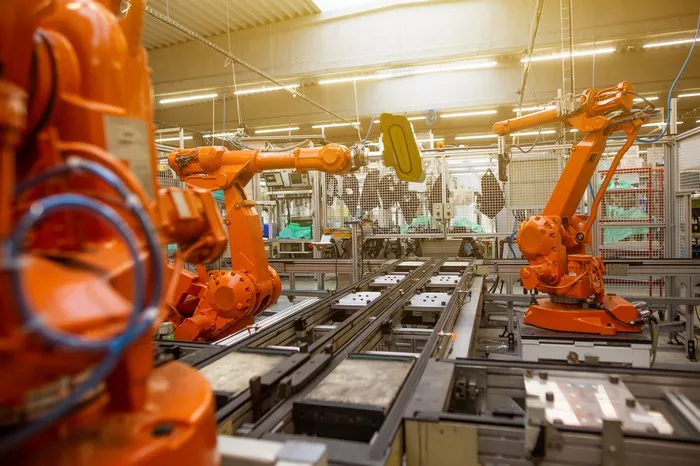The European machinery and equipment industry has the resilience to compete globally, provided companies drive transformation and receive policy support, according to the president of the VDMA, the region’s leading industry association.
Speaking at the VDMA European Summit, President Bertram Kawlath emphasized that collaboration, innovation, and leveraging the EU single market are key to overcoming economic uncertainty. “If we work together, invest in innovation, and use the strength of the EU single market, we can shape a successful future for the European machinery and equipment manufacturing industry,” Kawlath stated.
However, rising production costs and regulatory burdens have complicated operations in Europe. Kawlath urged the EU Commission to continue its efforts to reduce industry constraints, stressing that policymakers have acknowledged the need for a strong industrial base. He highlighted recent proposals aimed at simplifying sustainability reporting, supply chain due diligence, and the carbon border adjustment mechanism (CBAM) as promising steps, provided they remain intact during legislative negotiations.
Trade data underscores the sector’s importance: from January to November 2024, EU machinery exports totaled €543 billion, with €272 billion directed to other EU countries. This illustrates the single market’s critical role as a trade platform. However, the industry’s total turnover is projected to decline by 6% in 2024 to €860 billion, accounting for 27% of the global machinery market. With continued trade barriers and investment hesitancy, 2025 is expected to be another challenging year.
To stay competitive, Kawlath urged companies to diversify supply chains, establish regional production hubs, and enhance logistical resilience. He also stressed the need for greater European collaboration and the adoption of artificial intelligence (AI) to improve efficiency, predictive maintenance, and supply chain optimization. “AI enhances adaptability, minimizes waste, and supports smarter decision-making. By using AI responsibly, European manufacturers can not only remain competitive but also lead the next wave of industrial transformation,” he noted.
As the industry faces global uncertainties, Kawlath remains optimistic that with strategic reforms and technological advancements, Europe’s machinery and equipment sector can maintain its competitive edge.

